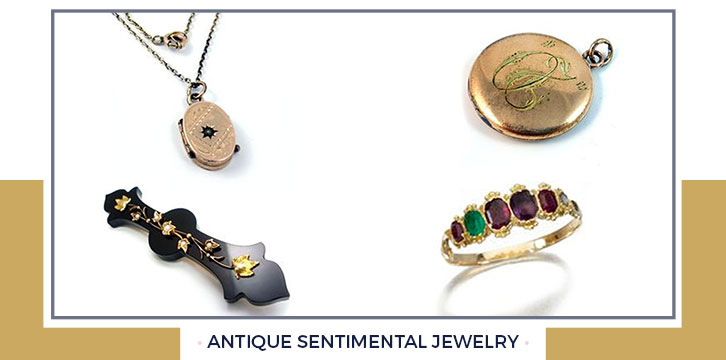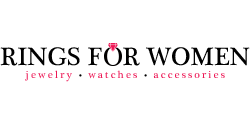I have stumbled upon a lovely photo gallery of jewelry from the Victorian era. The pictures shown below are picks from Joden World Resources, a company that deals in museum quality antique and estate jewelry.
- Yellow bracelet with 1 Cameo (1880) with 64 pearls and black enamel.
- Bangle Bracelet with Cabochon Garnets and Rose Cut Diamonds.
- Diamond snake ring containing one diamond .50 carat and thirty-two diamonds.
- Victorian Micro-mosaic Bird Brooch.
- Handmade Etruscan Hardstone Jesus Cameo with Hair Receiver.
- Victorian Multi-Colored Enamel Brooch.
- Cobalt Enamel Watch Pendant.
Stunning Victorian pieces. I have always been drawn to Victorian-era jewelry, over any other era. The small details and craftsmanship really bring that jewelry to life.
People that lived during the Victorian Era were very sentimental. They weren’t the first and most certainly won’t be the last, but the amount of variation they had in the way they expressed a sentiment in jewelry exceeds most other eras. A lot of the examples below were commonly used well before the Victorian Era, but not on such a grand scale. Queen Victoria had a substantial influence on the jewelry trends of the time, and she expressed incredible sentiment and emotion through her jewelry, much of which Prince Albert gave to her.

Mourning Jewelry
Mourning jewelry has been around for centuries, and it came in many forms during the Victorian era. Commonly the pieces would be made of some black material like jet, vulcanite, black enamel, or black onyx. Many of the pieces also featured pearls that symbolized tears. Mass production made it affordable for all walks of life to own a piece of mourning jewelry. This availability was one of the reasons mourning jewelry was so attractive for the Victorians and why we see so much more of it from this era versus the Georgian era or earlier.
Hair Jewelry
Hair jewelry is one of those things that a lot of people nowadays don’t understand. Victorians would take locks of hair and weave it into intricate pieces of jewelry. One interesting thing about hair jewelry is that hair does not decay meaning that it could potentially last undamaged for hundreds if not thousands of years. Victorian’s made something eternal out of a very personal part of their loved ones. Hair jewelry was often incorporated into lockets as well as other forms of mourning jewelry.
Lockets
Lockets are pendants that have a small compartment either for a picture or small memento. Victorians would put locks of hair, pictures, even baby teeth inside their lockets. These pieces of jewelry were used to honor many different things whether it be a loved one that passed, a child, or a spouse.
Acrostic Jewelry
Acrostic jewelry is a piece of jewelry that has a word or phrase spelled out with the first letter of each gemstone used. For example, a ruby would represent the letter “R” , emerald the letter “E” and so on. The trend began in the 18th century with royal jeweler Jean-Baptiste Mellerio. The Victorian’s would use gemstones to spell out the names of their loved ones as well as some other common words like regard and dearest. In France, amitié meaning friendship and souvenir meaning remembrance were popular.
Portrait Jewelry
Portrait jewelry is referred to as a miniature and was very popular in the Georgian era but also carried over to the Victorian era. The more elaborate portraits would be hand painted on ivory and would depict a loved one. Eye miniatures or “Lover’s Eye” portraits were a trend started in the 1700’s that carried through to the Early Victorian era as well. Mysterious eyes sometimes depicting a secret lover would be painted and set around a halo of pearls. Knock offs were also made that were a transfer on porecelain and would depict a random face or someone famous like Queen Victoria.
Engraved Jewelry
Engravings for the Victorians were so popular that most sentimental jewelry had some type of engraving on it. A posy or poesy ring was a popular example, which is a simple band that has a lyric engraved into the inside rim. Posy rings have been around for hundreds of years, especially in England. The Victorians would engrave their jewelry either with a saying like those inside posy rings, or with initials or dates of a loved ones passing or with the date of an engagement, wedding, or birthday.
Related Articles
